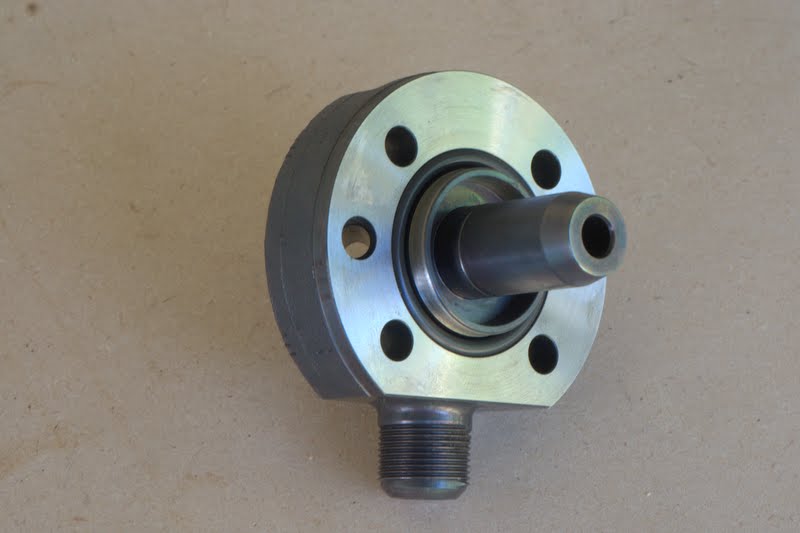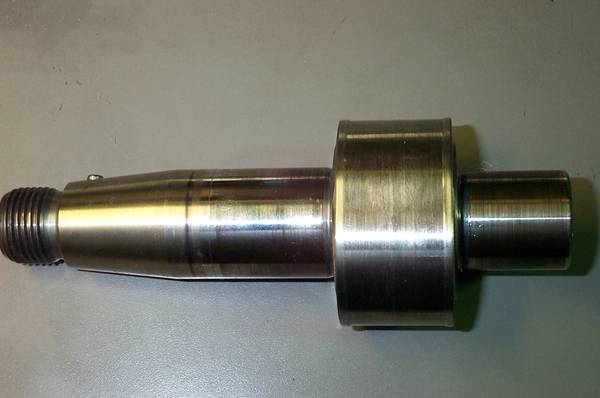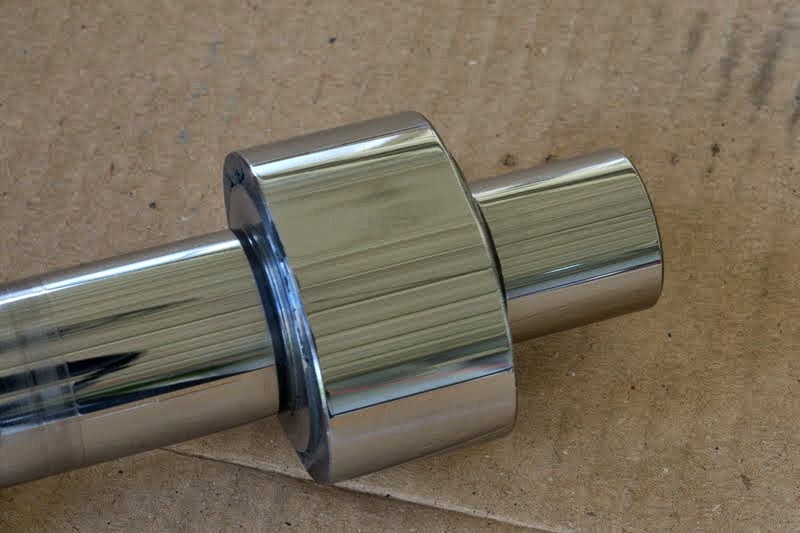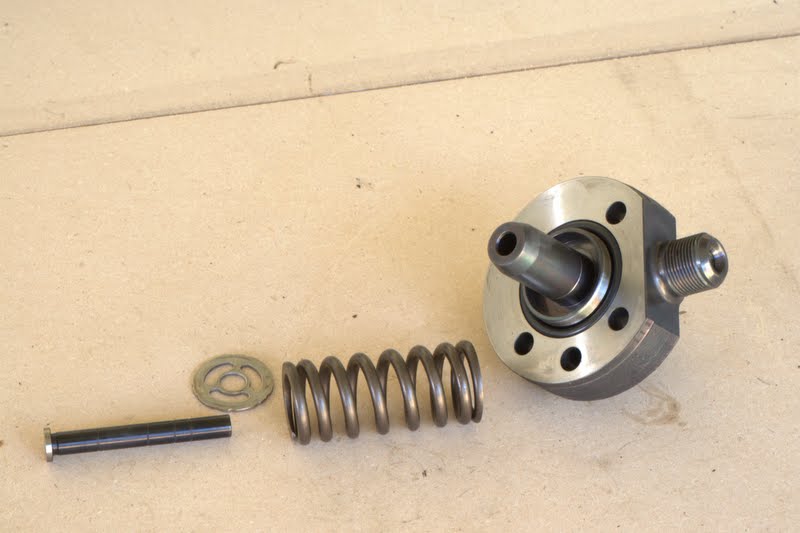Jesse_Boyer
Veteran Member
This is how the followers work on ALH (and other) heads/camshaft interfaces. In fact, when the follower STOPS spinning, that's when you're sending the head to Franko6...From Wikipedia
"Early tappets had rollers to reduce wear from the rotating camshaft,[4] but it was found that the roller pivots wore even faster and also that the small radius of the rollers also tended to accelerate wear on the expensive camshaft. Tappets then developed plain flat ends, although these were slightly radiused as 'mushroom' tappets as a perfectly flat end led to 'slamming' against a steep camshaft face.
To reduce wear from the rotating camshaft, the tappets were usually circular and allowed, or even encouraged, to rotate. This avoided grooves developing from the same point always running on the same point of the camshaft. In a few engines, particularly small V8 engines with little space, the tappets were small and non-rotating"
looks like Bosch missed the ball on this one
Regarding the use of roller lifters, they definitely have their place and work marvelously when designed properly.














